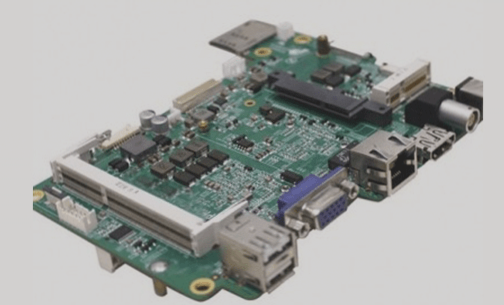The Benefits of Nitrogen in SMT Reflow Ovens for PCB Assembly
The main purpose of introducing nitrogen (N2) into the SMT reflow oven during PCBA processing is to reduce oxidation of the soldering surface and enhance solder wettability. Nitrogen, being an inert gas, prevents metals from reacting with oxygen in the air, thus minimizing oxidation.
Nitrogen improves solderability by lowering the surface tension of solder, leading to better fluidity and wettability. It also reduces available oxygen and lowers contaminant solubility, significantly decreasing solder oxidation at high temperatures, especially beneficial for second side reflow soldering quality.
The Impact of Nitrogen on PCB Surface Treatment
High temperatures can harm circuit board surfaces, particularly those with OSP treatment, where oxidation occurs rapidly. Introducing nitrogen can notably reduce oxidation on the second side during reflow, enhancing soldering results. ENIG boards with gold surface treatment offer advantages by minimizing oxidation, unlike tin-plated boards.
Challenges and Solutions for ENIG Surface Treatment
Nitrogen is effective for slight oxidation but cannot fix significantly oxidized parts. Ensuring PCB surface treatments remain unoxidized is crucial. While nitrogen aids solder flow, it has limited effects, and its use in reflow ovens comes with costs and potential drawbacks.
Potential Issues with Nitrogen in Reflow Soldering
While nitrogen improves solder flow, it can exacerbate the tombstone effect in smaller components like resistors and capacitors. It also increases solder climbing, which may lead to misalignment and short circuits in connectors.
Pros and Cons of Reflow Soldering with Nitrogen
- Advantages:
- Reduces oxidation in the furnace
- Enhances soldering capabilities
- Improves overall solderability
- Decreases void rates
- Disadvantages:
- Increases costs
- Raises the probability of tombstoning
- Enhances the wicking effect
Suitability for Nitrogen Reflow Soldering
Benefits of Using Double-Sided Reflow Soldering Boards with OSP Surface Treatment
- Enhanced soldering performance with nitrogen
- Perfect for components or boards with solder wetting issues
Considerations for Using Nitrogen:
- Watch out for increased tombstone defects
- Assess connector lead heights for excessiveness



